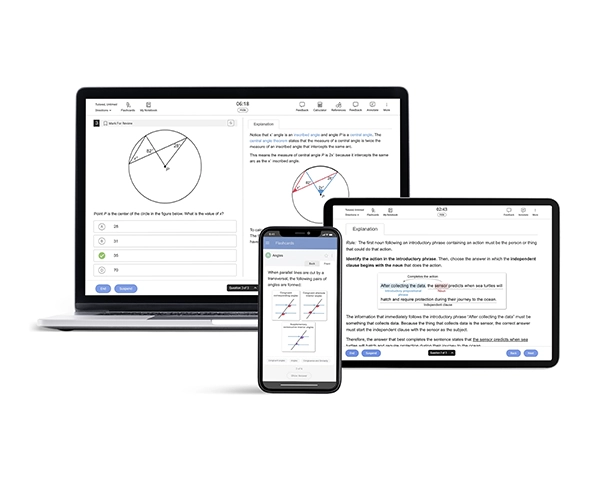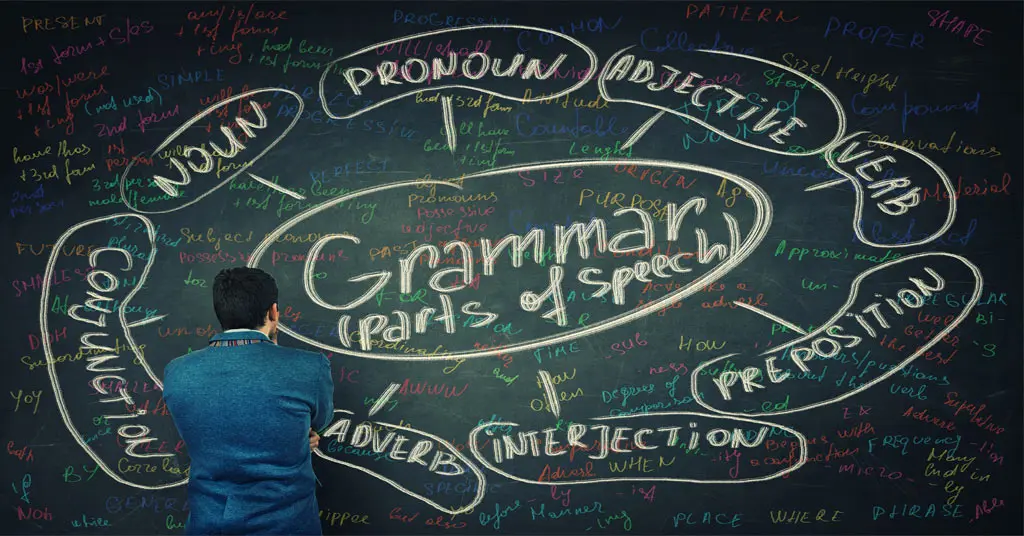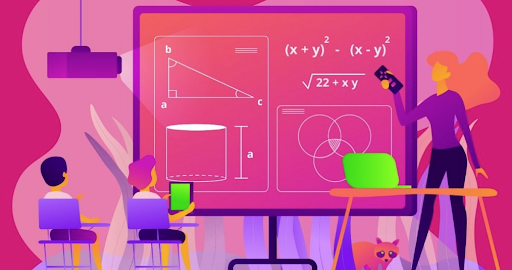The Digital SAT® of today is a far cry from the paper SAT given in the 90s, and not just because it isn’t taken on a scantron. The new exam is taking high schools and their students by storm for a multitude of reasons, such as greater accessibility and adaptability.
Don’t get me wrong–1990s nostalgia is definitely having its “totally rad” comeback moment. Even so, there are some things that really should just stay put in the past. Here is our list of things students could expect when preparing for the SAT in the 90s, and how those things have evolved into the present.
The ‘90s SAT Was the Exclusive Test to Take
Then: In the 1990s, SAT prep was limited by geographical constraints.1 The availability of in-person tutoring depended largely on where you lived. And even if you could afford it, finding a reliable tutor wasn’t a guarantee. This meant success was based on both money and luck, and tutoring could potentially take time away from other important activities. Additionally, many families couldn’t afford expensive test prep courses for their kids, leading to unequal access among student populations.2
Now: Today, the Digital SAT has changed the game. Students can take the exam at nearby testing centers and schools, making travel less of a problem than it was in the past. This is particularly helpful to students in remote areas, or even in urban areas with complex means of transportation.3 Online test prep is also flexible, allowing students to study anytime, and from anywhere. Online materials, including cost-effective options like UWorld’s online digital test prep, have made high-quality prep accessible to all. These advancements in digital testing and prep level the playing field, ensuring that geographical location and financial status no longer limit students’ access to quality SAT preparation.4

“Here We Are Now, Entertain Us” With the Same ‘90s SAT Questions
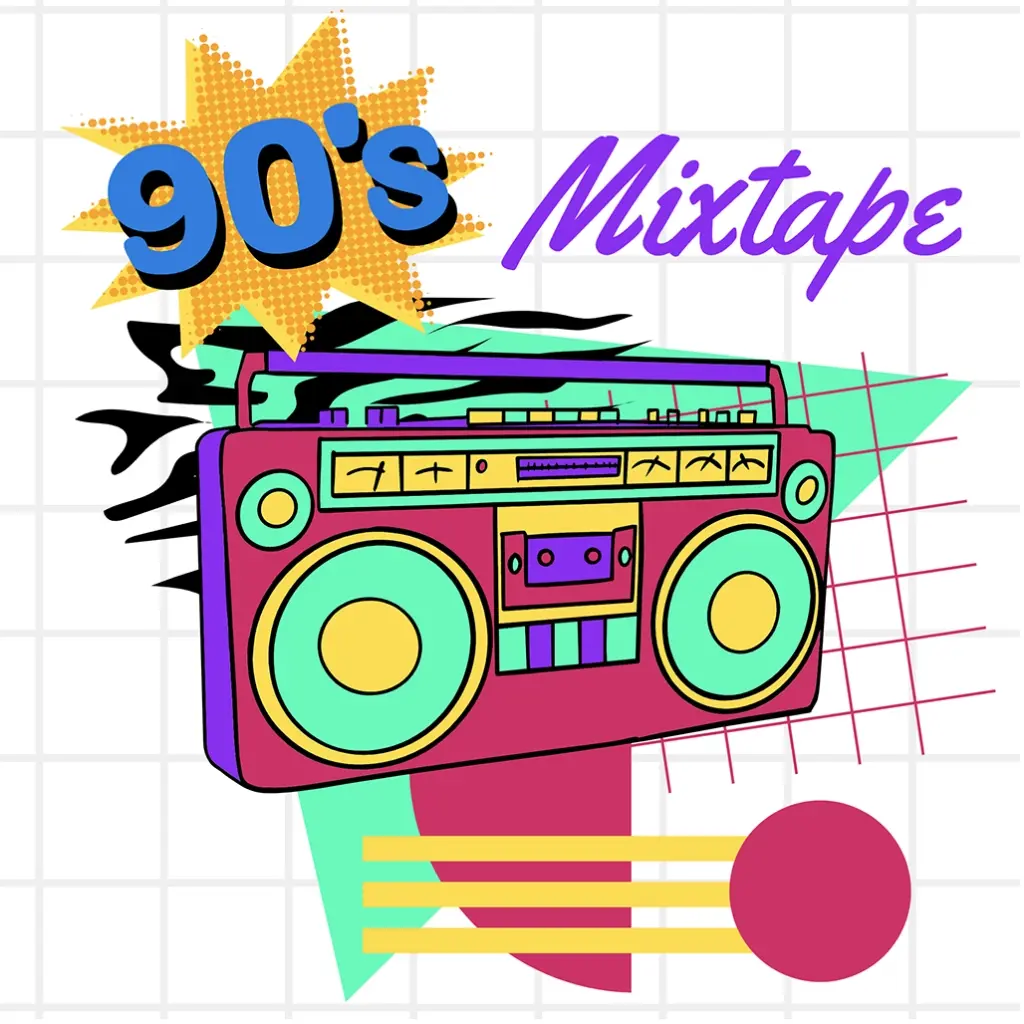
Then: In the 1990s, the SAT was limited due to its lack of adaptability. It used a fixed format where all test-takers, regardless of their abilities, received the same set of questions in a predetermined order.5 This rigid approach hampered the test’s effectiveness in evaluating individual student capabilities.
Now: The new Digital SAT uses a multistage adaptive testing (MST) model.5 It tests specific knowledge and skills, similar to the current SAT but with shorter, more reliable sections. Students tackle questions in modules, with the second module customizing questions based on their first-module performance, offering personalized and accurate results. This adaptive approach improves the Digital SAT’s ability to measure a student’s college readiness. The MST model strikes a balance between content control and test efficiency, resulting in a more accurate assessment.6
Like Waiting in Line at Blockbuster on a Friday Night, the ‘90s SAT Took a Long Time
Then: Back in the 1990s, the SAT test was quite the marathon, lasting around three hours.5 It was a tough stretch for students because they had to stay intensely focused for a long period of time. This could be mentally exhausting and lead to tiredness, potentially affecting how well they did on the test.
Now: Now, things are different. The digital SAT now lasts for only two hours, a significant benefit for students.5 The reduced test duration lessens mental exhaustion, which in turn makes it simpler to maintain concentration and perform effectively on the test.

“I’m so excited! I’m so excited! I’m so… scared!”…to find out my ‘90s SAT scores
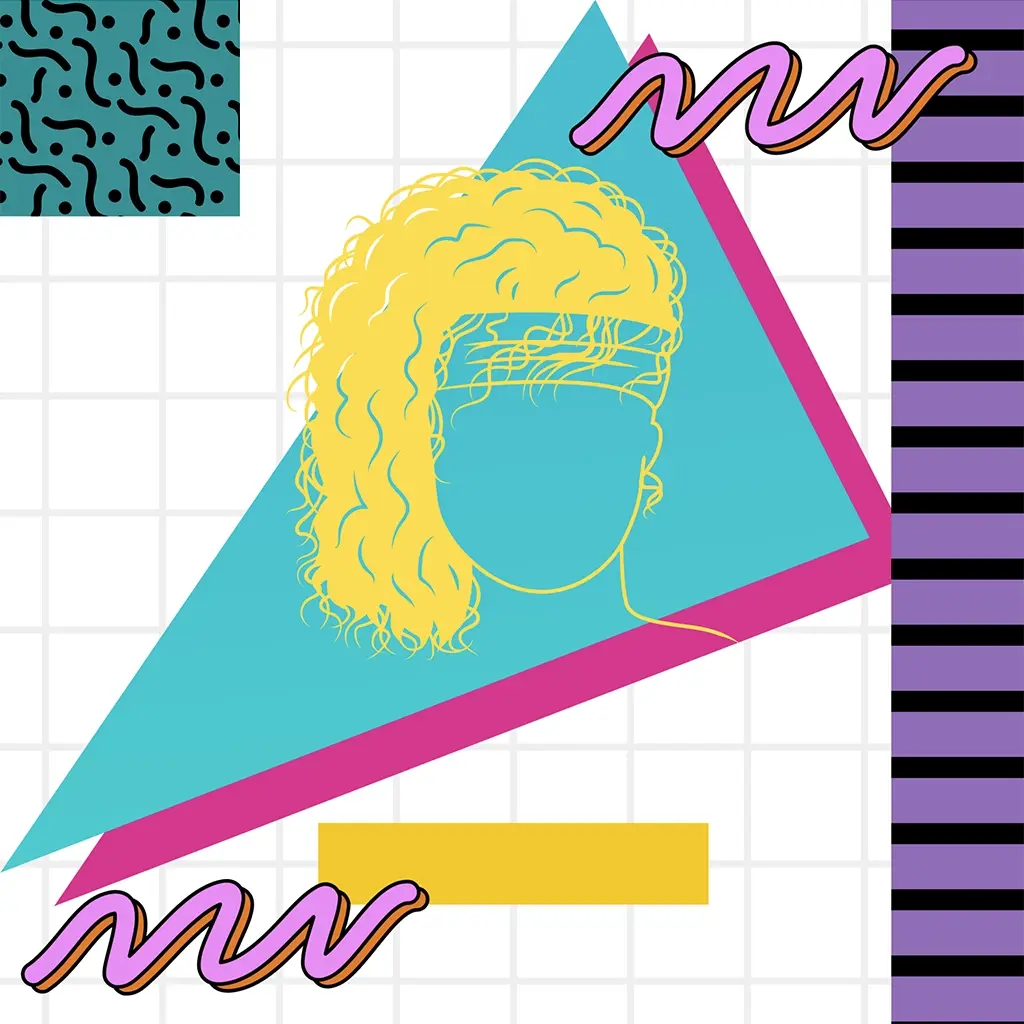
Then: One major downside in the 90s was that students had to wait for several weeks to get their SAT scores. It could take around four to six weeks for the official score reports to arrive in the mail.7 Waiting for scores created anxiety and uncertainty for many students, affecting their ability to plan and make decisions about college applications and their future.
Now: The shift to Digital SAT has significantly reduced the waiting time for scores. Students now get their scores in a matter of days, not weeks. Schools also receive scores more quickly, typically within 7 to 10 days.5 This speedy turnaround provides students and their schools with near-immediate access to results, allowing for faster planning and decision-making for college applications and other academic choices. The digital SAT has streamlined the scoring process, benefiting students by minimizing the anxiety of waiting for their results.
90s SAT Test Prep Options: Because Dial-Up Internet Wasn’t the Only Thing With Connection Issues
Given what we’ve learned so far about the paper SAT of the 1990s versus the Digital SAT of today, it comes as no surprise that SAT test prep options were notably limited in the past. For one thing, the most common resources available for test preparation were printed study guides, books, and practice tests.8 These materials had to be physically produced and distributed, resulting in a finite and often slow-to-update selection. Additionally, the absence of widespread internet access during that decade meant that online resources, including interactive study tools and practice tests, were virtually nonexistent.
Even just the process of connecting students with printed SAT resources was difficult. The only way many students had access to SAT resources was through their connections with older family members or neighbors who would give them their outdated SAT practice materials. Otherwise, many students relied on their access to libraries, bookstores, and their own schools to get their hands on SAT prep.
Commercial test prep centers were also less common at this point in time, and those that did exist were often concentrated in urban areas, leaving students in rural or less densely populated regions with limited access to in-person test prep resources.3 The high costs associated with many commercial test prep courses added yet another layer of limitation. These courses were financially out of reach for many students, creating a greater divide in their connection to comprehensive SAT preparation.4 Students with better access to SAT prep resources clearly had an advantage in preparing for the paper SAT.
Today, the transition to a Digital SAT has transformed SAT test preparation. The internet and digital technologies have also democratized access to SAT prep resources. Students today have an abundance of online materials, interactive study tools, and affordable courses at their disposal. This expanded accessibility has leveled the playing field, allowing a more diverse range of students to access high-quality online test prep, regardless of their geographic location or financial circumstances.3,4
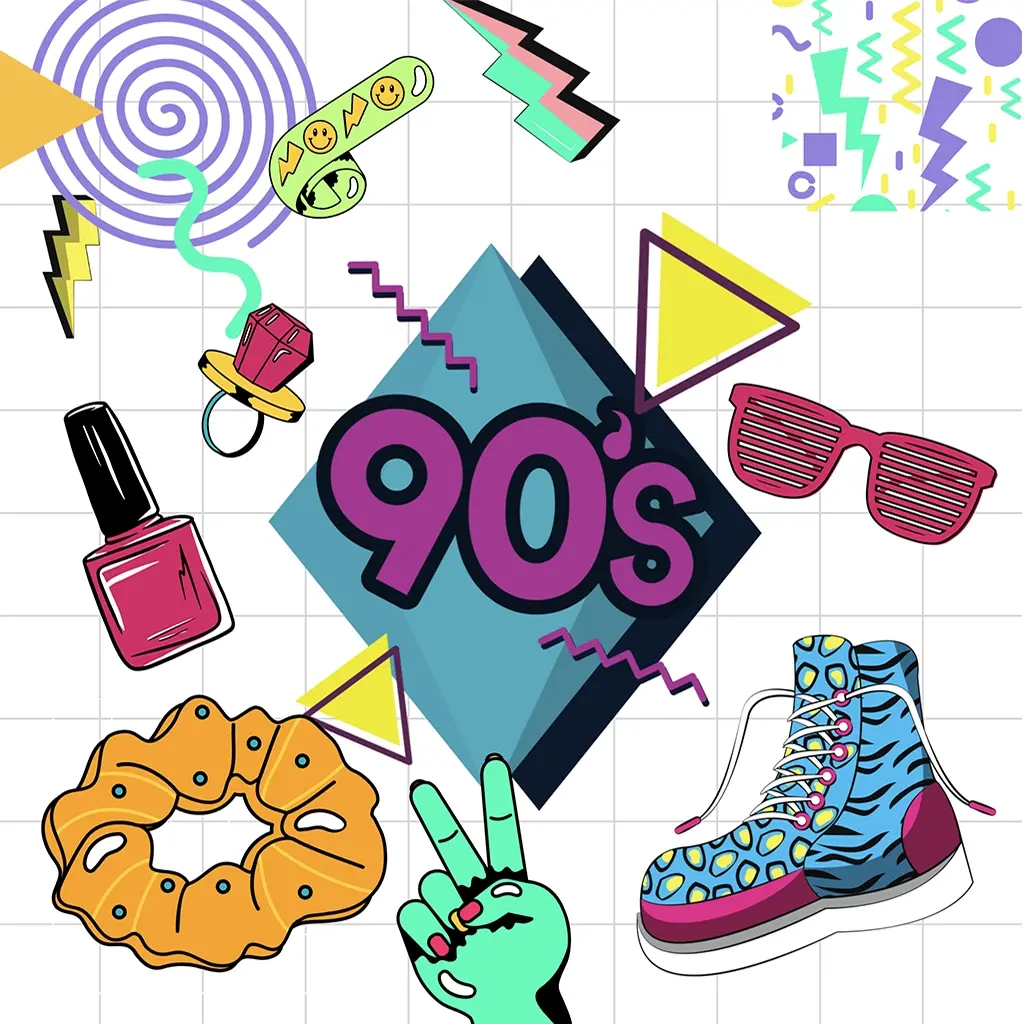
‘90s Nostalgia vs. 2024 Digital SAT Study Quiz:
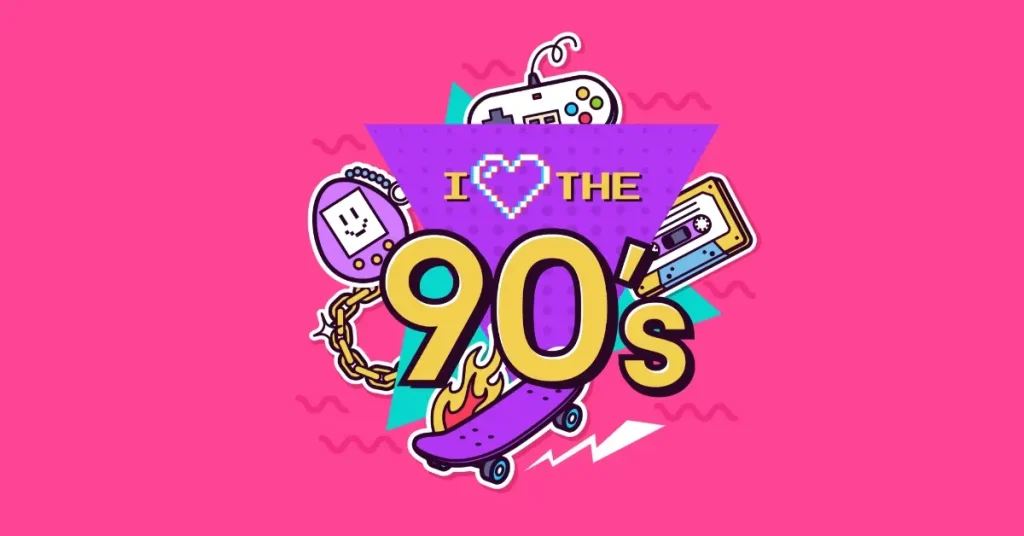
It’s 11 pm and you still can’t figure out why you missed some specific practice SAT questions. You…
- …read the provided answer explanations for the practice questions you missed. This helps you better understand any misconceptions you may have had about those types of questions.
- …panic because your in-person tutor just assigned you these practice questions yesterday and you won’t see her again for another week. What are you supposed to do until then?
- …feverishly scan through all of your textbooks, workbooks, and online “review-session” videos, trying to figure out what you’re missing with these questions you don’t understand.
Your all-time favorite place to shop is the mall. (Duh!) When your BFF asks you to go to the mall after school, you…
- …agree to go, of course! After all, you do need to pick up some more Cucumber Melon body spray at Bath & Body Works.
- …sadly decline. Unfortunately, your parents have spent an arm and a leg on your weekly sessions at the tutoring center, and in exchange you have to babysit your little brother a couple nights a week. As if that weren’t bad enough, the tutoring center is an hour away, so you’ve had to spend a lot of money on gas to drive there.
- …agree to go, but say you need to stop by Barnes & Noble while you’re there to buy another SAT prep workbook. The free online resources you’ve been studying with haven’t been great, and the textbook your mom bought you a few months ago already has outdated information in it.
You’re riding the bus to go home after school so you can finish your practice questions before meeting up with your boyfriend for an 8 pm showing of “Titanic”. Unfortunately, the bus has stalled, and you’ve been waiting an hour for the new one to arrive. You…
- …don’t sweat it, because you know you can use your UWorld app to work on practice SAT questions on your phone while you wait. This way, you can stick to your study schedule without canceling your plans to drool over Leonardo DiCaprio.
- …text your boyfriend that you won’t be able to go to the movie, after all. You have a tutoring session tomorrow, and you need to be able to crack open your workbook as soon as you get home and finish your assigned practice questions so you’ll be ready when you go to the tutoring center.
- …text your boyfriend that you can’t wait to see the movie. You don’t have any of your textbooks with you or access to your free online SAT resources without wi-fi, so you’ve decided to just give up on studying tonight. Sure, it’ll put you behind schedule, but hey… It’s Leonardo DiCaprio!
| Mostly A’s | Mostly B’s | Mostly C’s |
| If you’ve selected mostly A’s on the quiz, congratulations! You’re ahead of the curve in your test prep journey. You’ve embraced the cutting-edge approach of the 2020s by using high-quality online Digital SAT preparation, like UWorld. Your commitment to staying updated and leveraging modern resources sets you on a path for success. These quality resources offer comprehensive and interactive materials that align perfectly with the digital age, providing you with an advantage in your SAT preparation. Keep up the excellent work, and your efforts are sure to pay off when you tackle the real test! | If you’ve picked mostly B’s on the quiz, it’s time for a test prep update. Your strategies seem stuck in the 1990s. Relying on expensive in-person tutoring and cumbersome paper workbooks without feedback isn’t efficient anymore. Embrace modern approaches to learning, like interactive digital resources and adaptive platforms. These tools, available today, provide personalized feedback and are cost-effective. It’s time to bring your test prep into the 21st century, so you can achieve your goals more effectively and efficiently. Don’t let outdated methods hold you back; make the switch to contemporary study techniques for better results. | If you’ve mainly chosen C’s in the quiz, your test prep isn’t necessarily outdated, but it’s time to level up. Relying on free, low-quality review videos, traditional textbooks, and workbooks that lack feedback can be limiting. To excel in the 21st century, consider incorporating high-quality digital resources and interactive platforms that offer personalized feedback. While your approach isn’t obsolete, it’s essential to augment it with modern tools to reach your full potential. Invest in your future by embracing a combination of traditional and higher-quality digital learning methods for a more comprehensive and effective test prep experience. |
Ready to ditch the SAT of the 90s for the digital test of today? Discover how UWorld’s Digital SAT online prep tools offer the best, high quality test prep materials the 2020s has to offer!
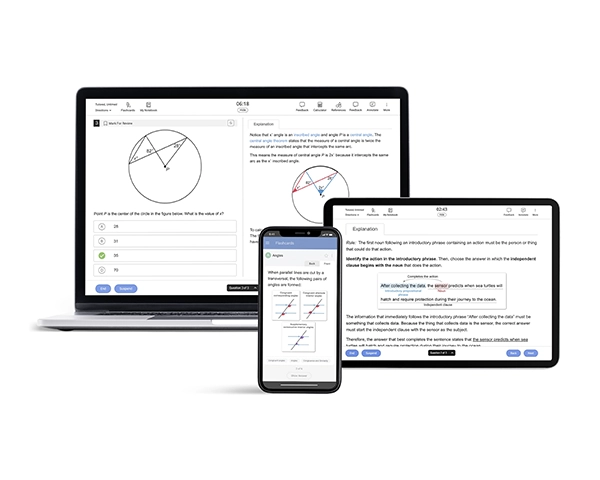
References
- Rapaport, A., & Silver, D. (2023, March 10). Two percent of U.S. children receive high quality tutoring, despite billions funneled into school systems. USC Schaeffer. https://healthpolicy.usc.edu/evidence-base/two-percent-of-u-s-children-receive-high-quality-tutoring-despite-billions-funneled-into-school-systems/#:~:text=Barriers%20to%20delivery&text=Finding%20qualified%20tutors%2C%20navigating%20students,we%20know%20will%20help%20students!
- National Student Support Accelerator. (2023, July). NSSA Research Report: Challenges and Solutions to Implementing Tutoring at Scale. studentssupportaccelerator.org. https://studentsupportaccelerator.org/sites/default/files/Early%20Lessons%20from%20Implementing%20High-Impact%20Tutoring%20at%20Scale.pdf
- How online practice can support your test prep program. Edmentum. (n.d.). https://www.edmentum.com/articles/how-online-practice-can-support-test-prep-program/
- Fetahagic, S., & Piqosity. (2023, August 22). Is online act test prep worth it?. Piqosity. https://www.piqosity.com/is-act-prep-online-worth-it/#:~:text=Private%20tutoring%20and%20test%20prep,keep%20themselves%20accountable%20and%20motivated.
- The College Board. (2023). FAQ. Digital SAT Suite. https://satsuite.collegeboard.org/digital/faq#:~:text=The%20digital%20SAT%20will%20be,with%20a%20break%20in%20between.
- Transitioning to a Digital SAT. The College Board. (2022). https://highered.collegeboard.org/media/pdf/digital-sat-faculty-guide-ada.pdf
- The College Board. (2023, May 4). When do SAT scores come out?. College Board Blog. https://blog.collegeboard.org/when-do-sat-scores-come-out
- Chada, S. (2021, February 18). The history of the SAT [from 1926-2020]. Ivy Scholars. https://www.ivyscholars.com/the-evolution-of-the-sat/

